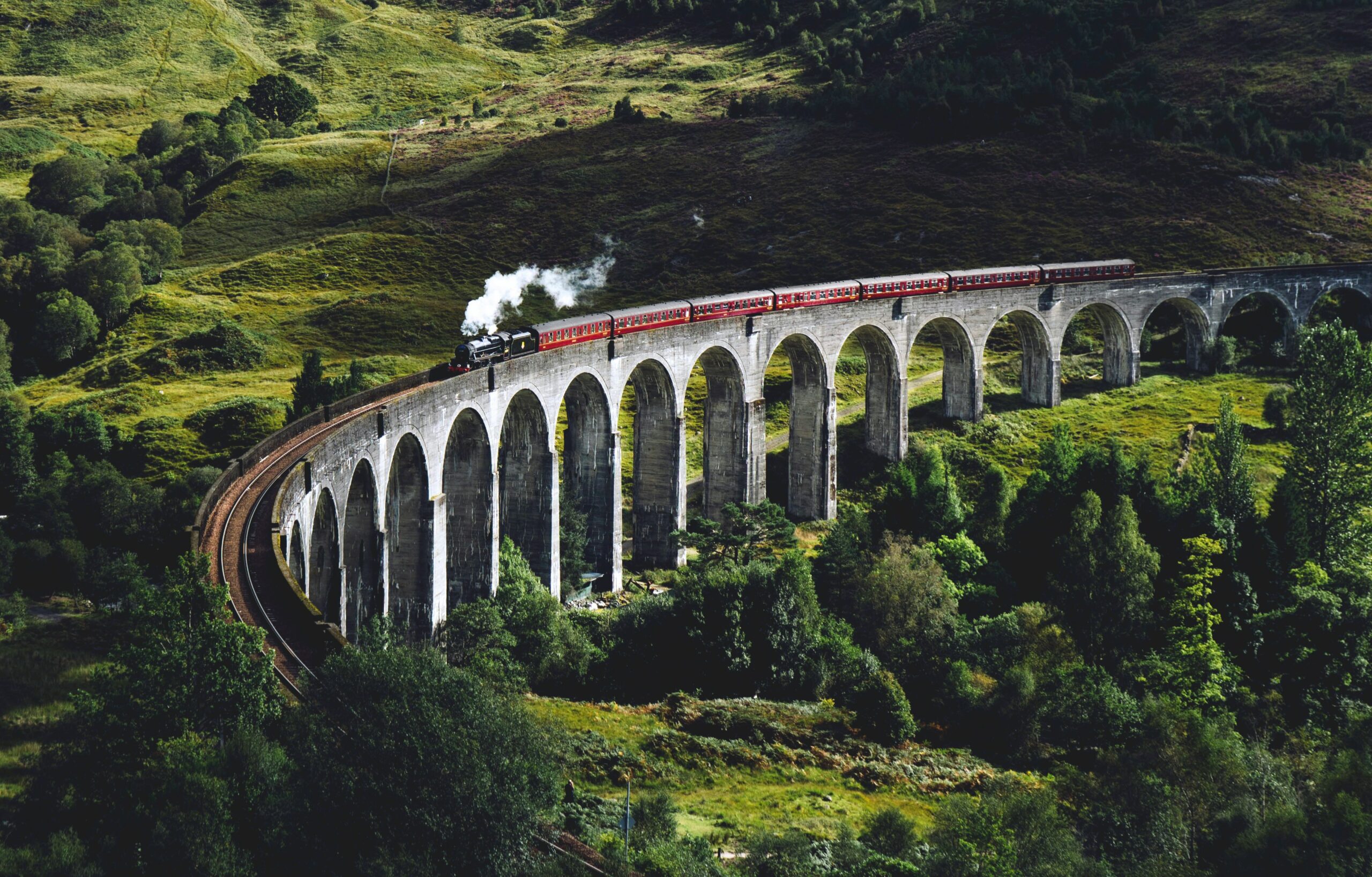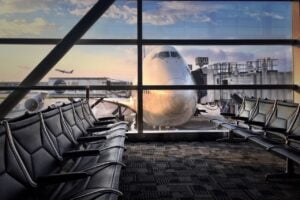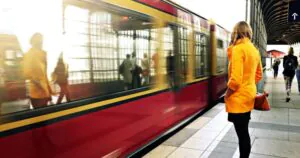The Ultimate Guide to Train Travel in Europe: Scenic Routes & Tips
There’s something almost magical about watching the European countryside unfold through a train window. One moment you’re passing through rolling Tuscan vineyards, the next you’re catching glimpses of ancient castles perched on German hillsides. Train travel in Europe offers what budget airlines simply can’t: the journey itself becomes part of your story.
While the rest of the world rushes from terminal to terminal, train travelers get to experience Europe at a more human pace. You can stretch your legs whenever you want, work from your seat with actual elbow room, and arrive refreshed in city centers rather than exhausted at distant airports. Plus, with growing concerns about carbon footprints, trains offer a guilt-free way to explore the continent.
But here’s the thing most travel guides won’t tell you: European train travel isn’t as straightforward as it seems. Hidden fees, confusing booking systems, and route planning can turn your romantic rail journey into a logistical nightmare. That’s where this guide comes in. We’ll show you how to navigate Europe’s rail networks like a pro, find those Instagram-worthy scenic routes, and avoid the rookie mistakes that can derail your plans.
Why European Trains Beat Every Other Travel Option
The numbers don’t lie. Trains in Europe produce up to 90% fewer CO₂ emissions than flights, making them the clear winner for environmentally conscious travelers. But sustainability is just the beginning of why rail travel has become the preferred choice for both seasoned nomads and weekend adventurers.
Time efficiency that actually works: While airlines boast about flight times, they conveniently ignore the reality of modern air travel. That “90-minute” London to Paris flight becomes a 4-5 hour ordeal once you factor in airport arrival times, security queues, and urban transfers. The Eurostar covers the same route in 2.5 hours, city center to city center.
Workspace that works: Digital nomads have discovered what business travelers knew all along – trains offer the perfect mobile office. Reliable Wi-Fi, power outlets at every seat, and the ability to take calls without disturbing fellow passengers make trains ideal for maintaining productivity while exploring new destinations.
Spontaneity at its finest: Unlike flights with their rigid schedules and advance booking requirements, many European trains operate on a hop-on, hop-off basis. See something interesting out the window? Get off at the next stop and explore. That kind of flexibility is priceless for authentic travel experiences.
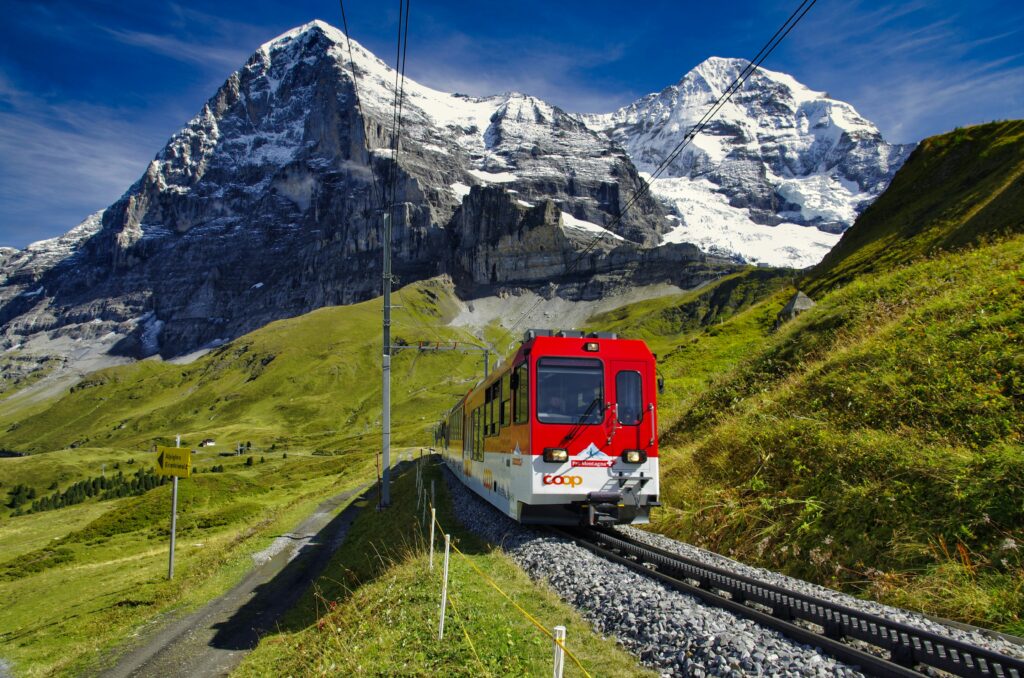
Decoding Europe’s Train Categories
European trains aren’t created equal, and understanding the differences can save you both money and frustration.
High-Speed Champions
Eurostar connects the UK to mainland Europe through the Channel Tunnel. Business class includes lounge access and flexible tickets, while standard premier offers the sweet spot of comfort and value.
TGV (Train à Grande Vitesse) is France’s high-speed network, reaching speeds of 320 km/h. Book through SNCF Connect for the best domestic rates.
AVE transforms Spanish travel, making Barcelona to Madrid possible in under 3 hours. Their Turista Plus class offers surprising value with wider seats and complimentary snacks.
ICE (Intercity Express) covers Germany and extends into neighboring countries. Their quiet zones are perfect for remote workers needing focus time.
Regional Revelations
Don’t overlook regional trains – they’re often your ticket to authentic local experiences. France’s TER trains access wine regions that high-speed rail bypasses. Germany’s Regionalbahn connects charming market towns that tourists rarely discover. Italy’s Regionale trains serve coastal routes with stunning Mediterranean views at budget-friendly prices.
Scenic Showstoppers
Some trains exist purely for the experience. The Glacier Express in Switzerland bills itself as “the world’s slowest express train,” taking 8 hours to cover what a car could do in 4. But those panoramic windows and observation decks transform the journey into a moving theater.
The Bernina Express crosses the highest railway pass in the Alps, offering views that belong on postcards. This UNESCO World Heritage route operates year-round, with each season offering dramatically different landscapes.
Scotland’s West Highland Line proves that scenic doesn’t always mean expensive. Regular ticket prices provide access to some of Europe’s most dramatic landscapes, including the famous Glenfinnan Viaduct featured in Harry Potter films.

Routes That Will Change Your Perspective
The Rhine Valley Experience (Germany)
The stretch between Mainz and Koblenz transforms a simple transfer into a journey through living history. Medieval castles perch on vine-covered hillsides while the Rhine River reflects centuries of European culture. Regional trains make this accessible with standard tickets, proving that scenic doesn’t always mean expensive.
Norway’s Flåm Railway
This 20-kilometer journey drops 863 meters through some of Europe’s steepest train gradients. Waterfalls cascade directly onto the tracks while fjords stretch into infinity. The train stops at Kjosfossen waterfall, where passengers can disembark for photos and, in summer, enjoy traditional Norwegian folk performances.
The Cinque Terre Coastal Route (Italy)
Connecting Italy’s five famous coastal villages, this route hugs the Mediterranean coastline through tunnels carved into cliffsides. Local trains run frequently, making it easy to village-hop and discover hidden swimming coves between tourist hotspots.
The Douro Line (Portugal)
Often overlooked, this route follows Portugal’s famous river through terraced vineyards and quintas (wine estates). The journey from Porto to Pocinho reveals landscapes that rival Tuscany but with significantly fewer crowds.
Smart Booking Strategies That Save Money
European train booking doesn’t have to be expensive if you know the system’s secrets.
Dynamic pricing reality: High-speed train fares operate like airline tickets, increasing as departure approaches. Book 3-4 months ahead for the best rates, especially for peak summer travel or popular routes like Paris-London.
Multi-country passes reconsidered: Eurail and Interrail passes aren’t automatically money-savers. They’re cost-effective for extensive travel across multiple countries but often expensive for focused regional exploration. Calculate actual point-to-point ticket costs before committing.
National railway websites: SNCF Connect for France, Trenitalia for Italy, and Deutsche Bahn for Germany often offer exclusive deals unavailable through third-party booking sites.
Off-peak advantages: Tuesday through Thursday departures cost significantly less than weekend travel. Early morning and late evening trains also offer reduced fares while providing emptier carriages for better comfort.
Split ticketing opportunities: Sometimes booking separate tickets for different segments costs less than through tickets. Apps like Trainline automatically calculate these options.
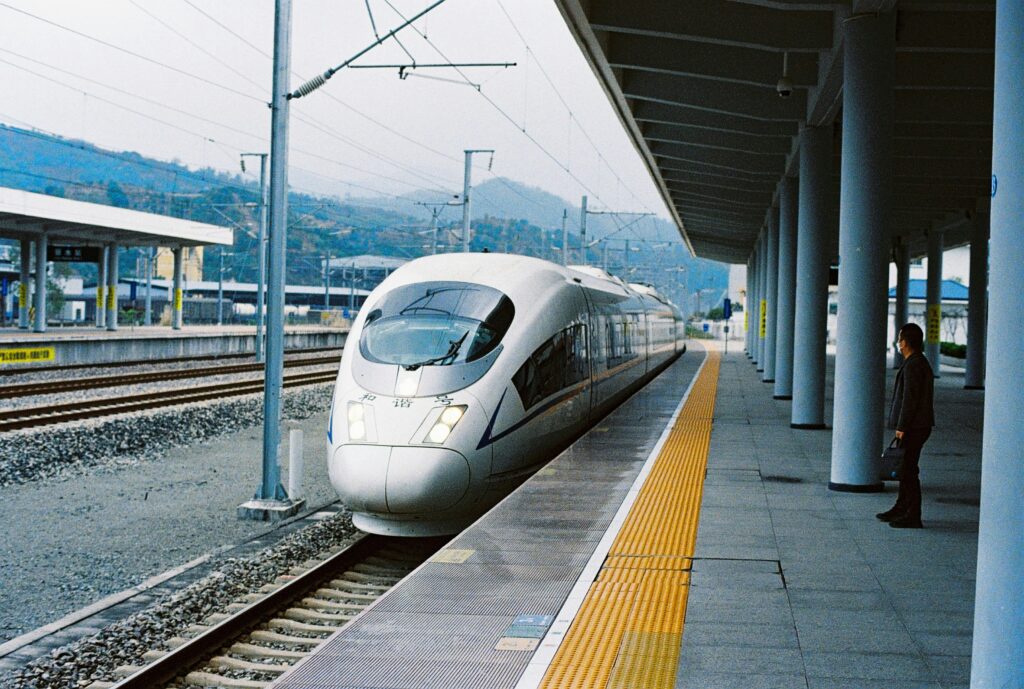
Train vs. Flight: The Real Cost Analysis
Understanding when to choose trains over flights goes beyond just ticket prices. Here’s the complete breakdown:
Average Price Comparisons (2024)
Popular High-Speed Routes:
- London-Paris: Train €45-180 | Flight €50-250
- Paris-Barcelona: Train €85-200 | Flight €40-180
- Madrid-Barcelona: Train €25-90 | Flight €35-150
- Milan-Munich: Train €35-120 | Flight €45-200
- Amsterdam-Berlin: Train €40-150 | Flight €30-180
Regional Routes (per 100km):
- Train: €8-25 (regional), €15-45 (intercity)
- Bus: €5-15
- Car rental: €20-40 (plus fuel, tolls, parking)
Hidden Costs Reality Check
Train Total Cost:
- Ticket price + city transport to/from stations (usually €2-8 total)
- Food/drinks (optional, can bring your own)
- No baggage fees or seat selection charges
Flight Total Cost:
- Base ticket + baggage (€15-60) + seat selection (€5-25) + airport transport (€15-50 each way)
- Airport meals (€15-30) + potential hotel if early/late flights
- Real flight cost often 40-80% higher than advertised
When to Choose Trains
Distance Sweet Spot: 150-800km routes where trains compete or beat flight times Time Advantage: Routes under 4 hours by train vs. 6+ hours door-to-door flying Work Productivity: Need to work during travel with reliable Wi-Fi City Center Access: When your destination is in historic city centers Sustainability Goals: Reducing carbon footprint matters to you Luggage Flexibility: Traveling with bikes, musical instruments, or unusual items Weather Reliability: During winter months when flights face more delays
When to Choose Flights
Long-Distance: Routes over 1,000km where time savings matter Island Destinations: Sicily, Sardinia, Greek islands, UK to Ireland Budget Priority: When base flight price is significantly lower and you travel ultra-light Tight Schedules: Business travel with inflexible timing Seasonal Routes: Summer-only destinations with limited train access
The Decision Matrix
Choose Trains if:
- Journey time under 5 hours
- Traveling with luggage or equipment
- Working during travel
- Environmental impact matters
- Prefer city-center arrivals
- Value comfort and space
Choose Flights if:
- Journey over 8 hours by train
- Ultra-tight budget (and traveling carry-on only)
- Crossing water bodies
- Time is absolutely critical
- Destination lacks good rail connections
What They Don’t Tell You About European Train Travel
Luggage realities
Unlike airlines, trains don’t have strict baggage allowances, but space limitations matter more. Overhead racks accommodate standard suitcases, but large backpacks may need floor storage. Pack smart with wheeled luggage that fits easily in compact spaces.
Food and drink freedom
You can bring whatever you want aboard European trains. Pack picnics with local specialties, bring wine for scenic evening journeys, or save money with grocery store supplies. Onboard dining exists but often costs 3-4 times street prices.
Reservation requirements
High-speed trains require advance reservations, but many regional services operate on a turn-up-and-go basis. This distinction matters for flexible itineraries. Always check reservation requirements when planning connections.
Cross-border complexities
While the EU eliminated border controls, different countries maintain separate railway systems. Tickets, seat reservations, and even platform announcements change at borders. Buffer time between connections becomes essential for international journeys.
Sustainable Travel That Actually Matters
Train travel’s environmental advantages extend beyond carbon emissions. Railways require less infrastructure disruption than airports, support local economies along routes, and encourage slower, more meaningful travel experiences.
European railway companies increasingly power their services with renewable energy. Switzerland’s railways run on 90% hydroelectric power, while Germany commits to 100% green electricity by 2030. Your ticket choice supports these sustainability initiatives.
Strategic Base Cities for Train Enthusiasts
Milan excels as a northern Italian hub, connecting easily to Switzerland’s mountain routes, the French Riviera, and Italy’s lake districts. The city’s excellent coworking scene and reasonable accommodation costs make it perfect for longer stays.
Prague offers unexpected value as an Eastern European gateway. Modern train connections reach Vienna, Berlin, and Budapest while accommodation and dining costs remain significantly below Western European cities.
Lyon provides access to both French mountain regions and Mediterranean coastlines without Paris’s costs and crowds. High-speed connections reach Switzerland, Spain, and Italy while the city offers excellent food scenes and digital nomad communities.
Amsterdam connects seamlessly to Germany, Belgium, and France while offering bike-friendly urban exploration and strong English-language coworking communities.
Making Every Journey Count
The best train journeys happen when you embrace the unexpected. That delayed connection might lead to discovering a hidden café. The chatty passenger could recommend a local festival. The scenic detour might become your trip’s highlight.
European train travel rewards the curious and flexible. Book your major routes in advance, but leave room for spontaneous discoveries. Pack light enough to change plans but prepared enough for weather changes. Most importantly, remember that the view outside your window changes every moment – put down your phone and watch Europe unfold at the perfect speed for actually seeing it.
Whether you’re chasing Alpine sunrises or Mediterranean sunsets, connecting business meetings or escaping to countryside villages, Europe’s trains offer something no other transport can: time to breathe, space to think, and windows to wonder.
Related Post: Embrace Slow Travel: A Sustainable Approach for Tourists and Digital Nomads
